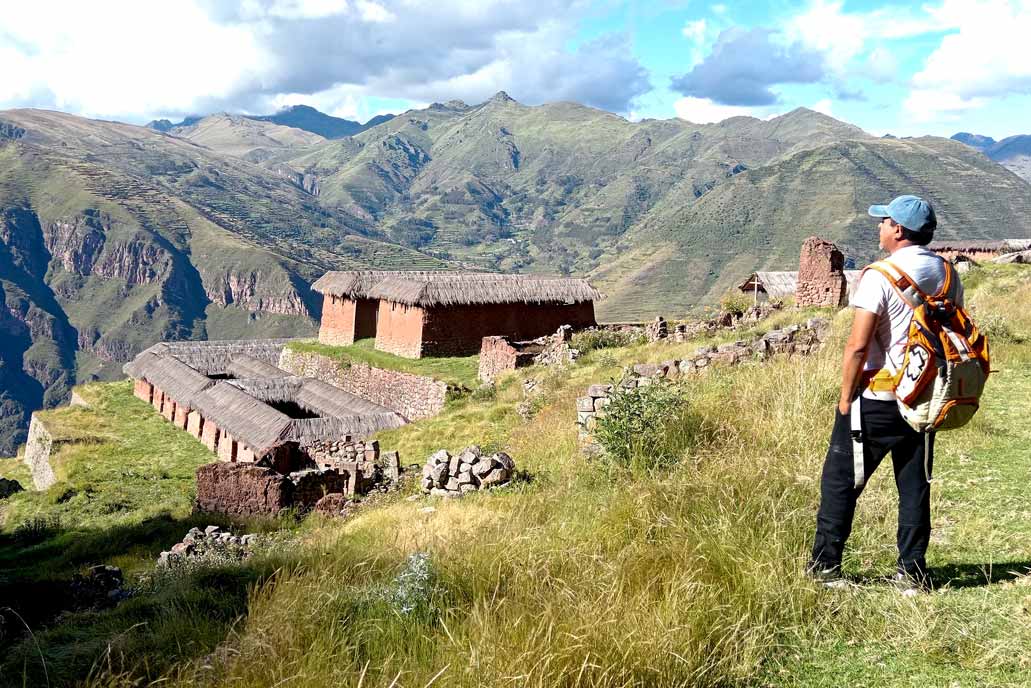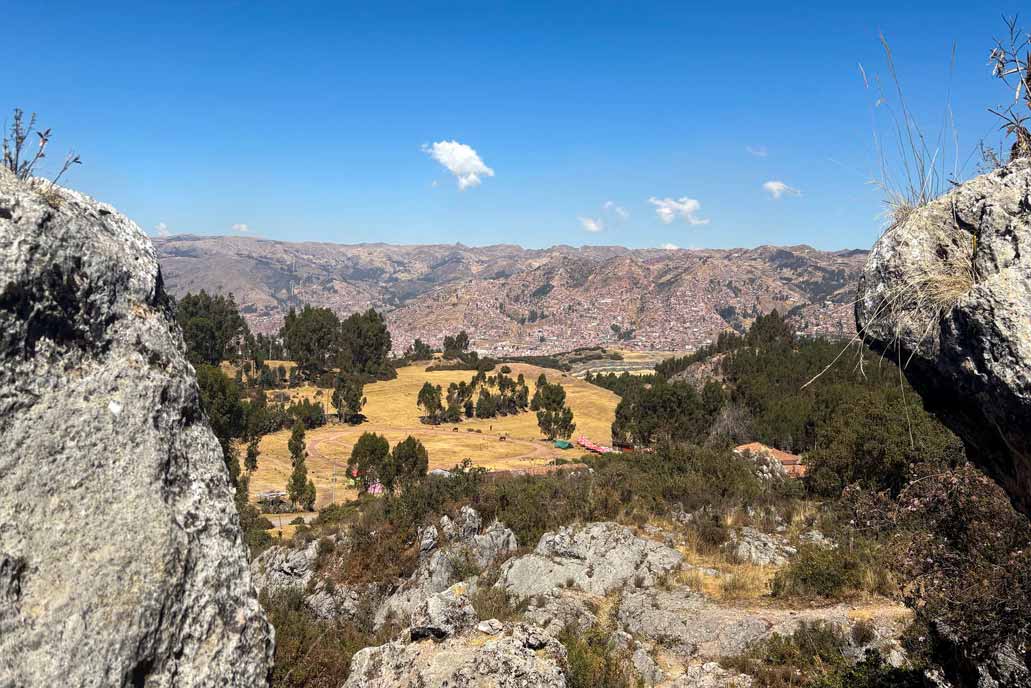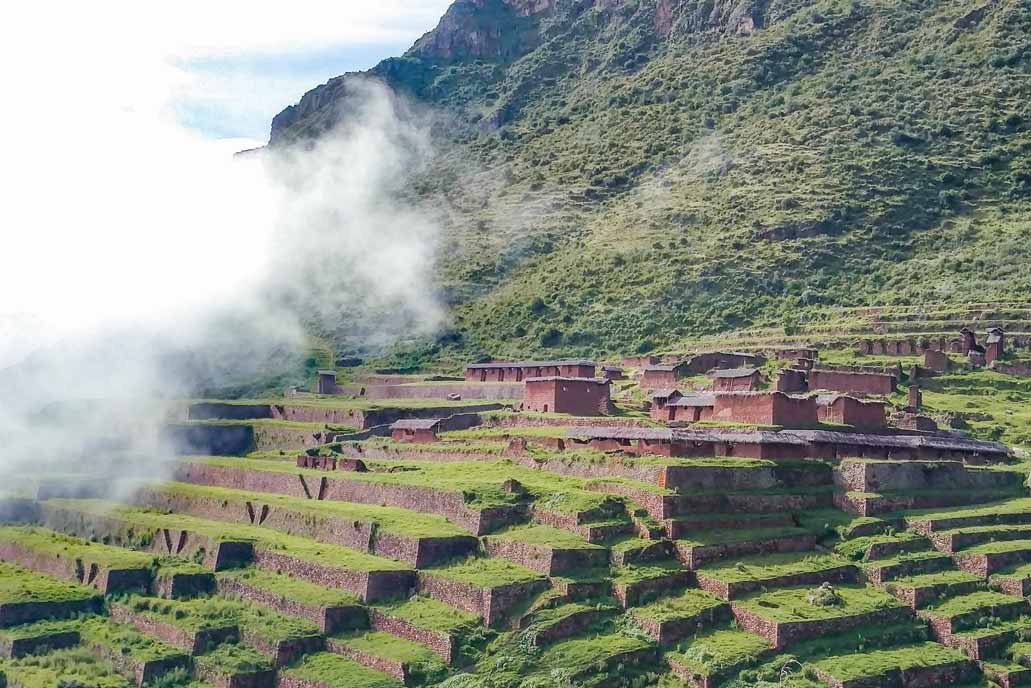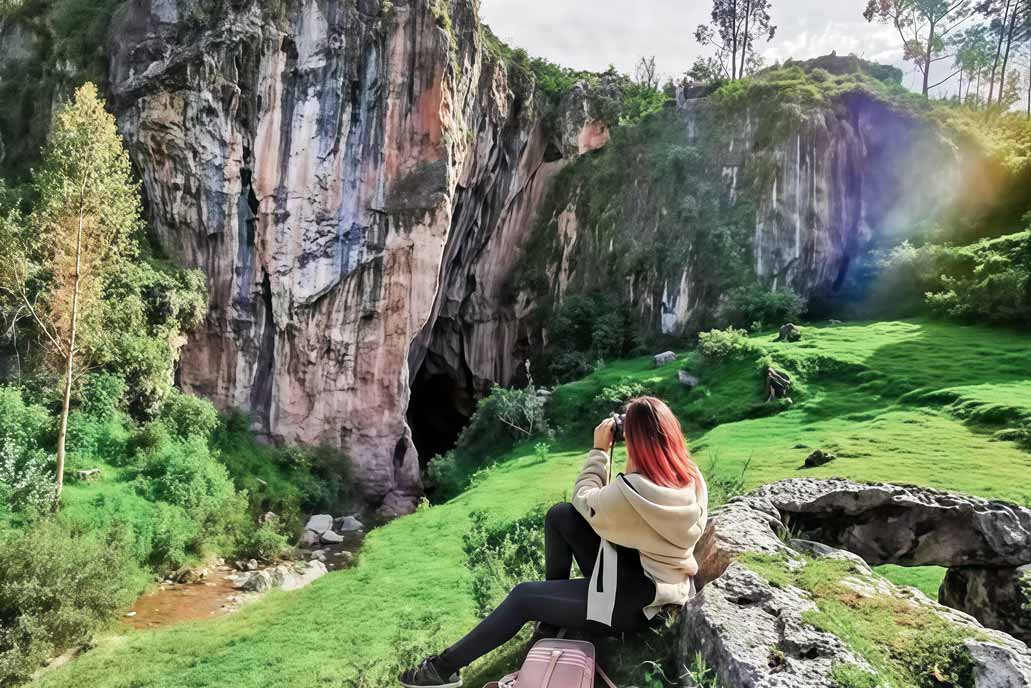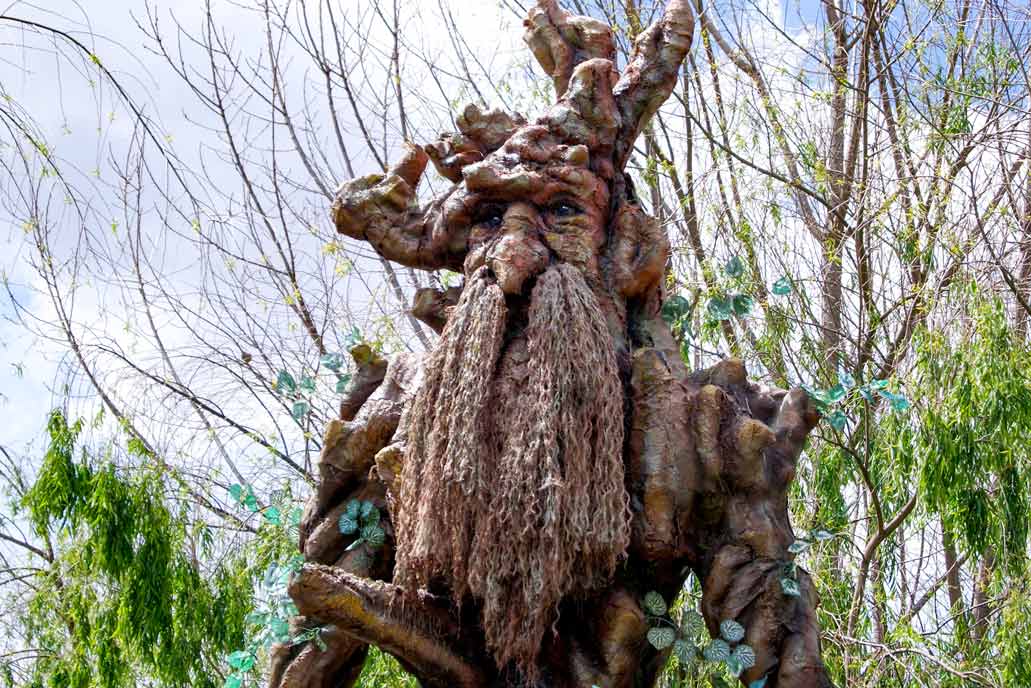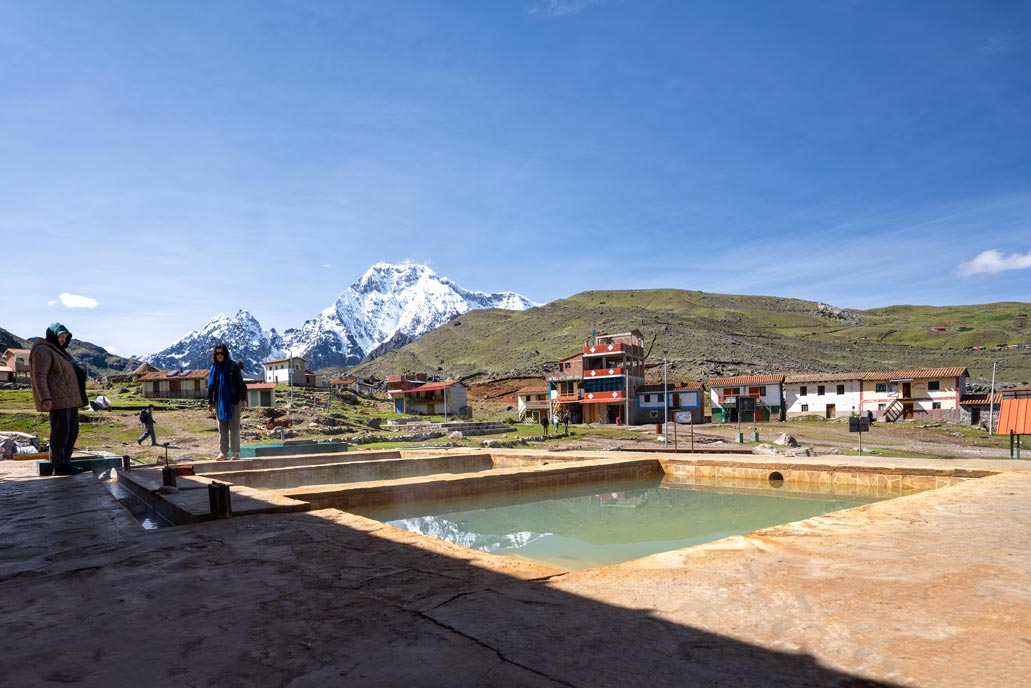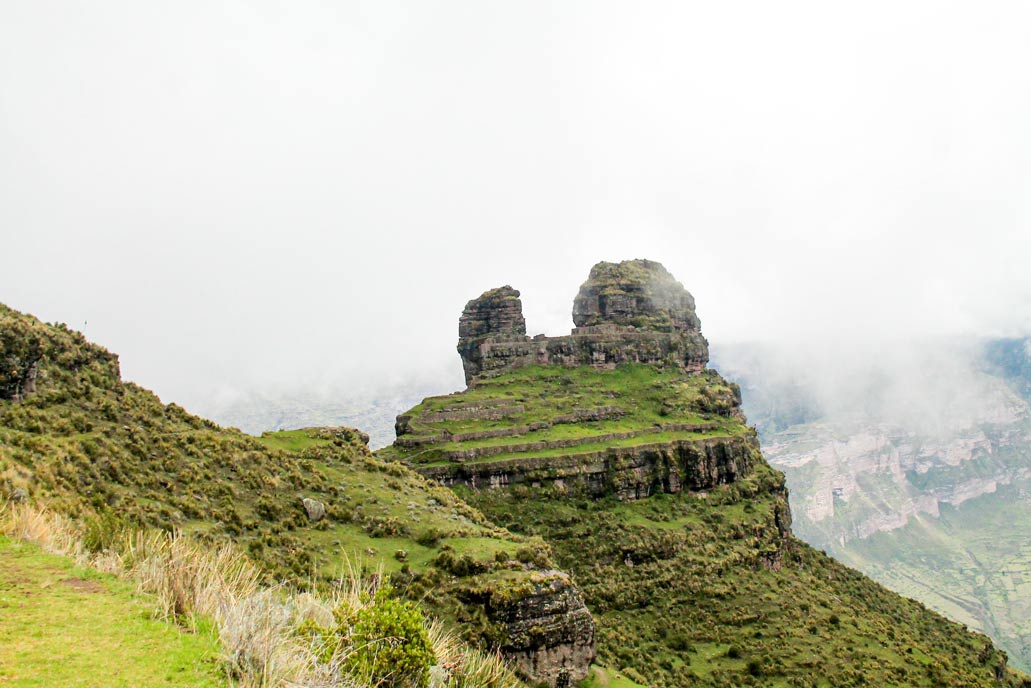Cusco Nature Trip: The Best of Ecotourism
Ecotourism in Cusco is one of the best activities you can find in this incredible region. From destinations surrounded by nature to sustainable options, you’ll find such a variety of options that your experience will be marked by more than one eco-friendly and sustainable destination. Discover the best nature plans and trips and experience ecotourism on your trip to Cusco.
Content
Ecotourism: Ecotourism is a form of tourism that seeks to have a central, positive impact on nature and local culture, seeking to reduce the environmental impact of popular destinations and promoting the conservation of the ecosystems we visit. It’s a practice that deeply engages you with your destination, seeking to generate change, and also supports the sustainability of local communities and their traditions.
Zone X
Without having to travel long distances in Cusco, we can visit Zone X. A vast green area located 25 minutes from the city center. To get there, we can take a taxi or a public bus, which will drop us off at the entrance.
On our tour of Zone X, we may even spot areas with archaeological remains, which adds even more value and mystique to our journey. From the moment we arrive, we are offered horseback rides to explore the area. Thanks to the vast countryside, we can engage in a variety of activities, from having a picnic, playing games during our picnic, taking a break, or simply taking peaceful walks through nature.
Visiting Zone X is completely free, and we can do so at any time of day. However, it’s best to go during the day to ensure safety and avoid getting lost. An extra tip is to explore it next to the Qenqo Forest to make your experience even more diverse and enriching.
Huchuy Qosqo
One of the most incredible destinations in the Sacred Valley is Huchuy Qosqo, located on a mountaintop in the Sacred Valley. It’s not as popular due to the difficulty of reaching this archaeological site, but adventurous travelers will find Inca buildings amid beautiful landscapes, and the best part is that the hikes are secluded and peaceful.
To reach Huchuy Qosqo, you can take several routes. The two most popular are: the Lamay route, which is the most popular and involves a three-hour hike up the mountain slopes. The second option is a hike from Tambomachay. This is the most difficult, lasting approximately seven hours, but it offers a much more immersive and scenic experience.
Upon arriving at Huchuy Qosqo, we’ll be able to glimpse breathtaking landscapes of the Sacred Valley, along with a peaceful walk through the nature surrounding the archaeological site. As an extra note, remember that you can camp at Huchuy Qosqo. There’s a dedicated camping area, so you can enjoy the starry skies of Cusco.
Devil’s Balcony
A must-do hike in Cusco is the one that takes you to the Devil’s Balcony, which is located inside a natural cave that offers an unforgettable view of nature from above.
The area surrounding the Devil’s Balcony allows for a relaxing picnic, although if you want to enhance your experience, you can also choose to descend and enter a huge cave where a small stream flows. Here you will find a magical setting, which during the rainy season in Cusco (November to March) also features a small waterfall.
The hike to the Devil’s Balcony begins behind the Sacsayhuamán archaeological park, from where we begin the nearly two-hour walk. The route is very clear, although we can also ask locals in nearby areas for directions. You can also take an ATV, but hiking these trails is completely worth it.
Huasao Wetland
An ideal place for ecotourism in Cusco is the Huasao Wetland, located just 30 minutes from the city. This natural setting is perfect for appreciating the landscape and taking a break amidst the biodiversity of the Cusco region.
Over time, large sculptures of animals and fictional characters like Groot and the Ents have been placed in the Huasao Wetland . These sculptures are inspired by trees and blend perfectly with the surroundings. During our tour, we’ll also be able to spot a large number of birds and mammals, making it even more entertaining.
Huasao also has its culinary side, so along with our walk through the wetlands, we can take advantage of the opportunity to sample typical dishes and drinks.
7 lagoons and Pacchanta
If you’re looking for a more immersive adventure in a natural destination, the 7-lake tour is perfect for you. You can also end your adventure at the famous Pachanta hot springs, where you’ll enjoy beautiful landscapes while taking a refreshing break.
The adventure begins early in the morning, usually accompanied by a tour that departs at 4:30 a.m. Also included are breakfast and lunch in the village of Pacchanta, which is also the starting point for the hike through the 7 lagoons.
The tour doesn’t have many climbs; it’s a roughly five-hour round-trip hike where we’ll see not only the lagoons, but also the impressive Ausangate Mountain, the snow-capped peak that forms each of them. The adventure ends around 7:00 p.m. It’s a full-day experience, but it allows you to enjoy some of the most magnificent views in all of Cusco.
Waqrapukara
A historic site surrounded by nature is Waqrapukara, an Inca fortress atop a mountain that offers incredible views of the surrounding valleys and hills. Its distinctive horn-like shape will make us realize the mystique of this place long before we arrive.
You can do this route on your own, as there are services that take you to the start of the hike (Sangará). From there, we’ll have to walk for just over two hours, surrounded by nature. The entire hike can take up to five hours, although there’s also a camping area if you prefer.
Waqrapukara was a religious sanctuary where we’ll be able to see several archaeological sites, as well as water channels, terraces, and stone staircases. It’s an ecologically friendly place with few tourists, so the adventure will be practically all ours.
Choquequirao
Popularly known as Machu Picchu’s younger sister, Choquequirao is an Inca citadel atop a mountain. It’s currently one of the best adventures available, due to its difficulty and limited tourist infrastructure along the hike, immersing us in a quintessential ecotourism adventure.
The tour to Choquequirao is a four-day trek, covering nearly 30 kilometers of steep climbs. The climate and biodiversity we’ll encounter will be typical of the Cusco jungle region, so the hike may be more challenging due to the humidity.
Choquequirao is the best ecological experience you’ll find. It’s not a crowded destination; you’ll constantly be surrounded by natural landscapes and discover more about the architecture and history of the Inca culture.
Frequently Asked Questions
- What places can I visit in Cusco if I want to do ecotourism?
An excellent nearby ecotourism option is Zone X, just 25 minutes from downtown Cusco. It’s free, spacious, and perfect for walking or relaxing.
- What are the best natural hiking destinations in Cusco?
Among the most notable hikes are Huchuy Qosqo, the Devil’s Balcony, the 7 Pacchanta Lagoons, and Waqrapukara. Each offers routes varying in difficulty, but all share breathtaking landscapes and direct contact with nature.
- Is Huchuy Qosqo a difficult place to get to?
Depending on the route you choose, the easiest is from Lamay, with a hike of only three hours. On the other hand, the route from Tambomachay is more demanding, about seven hours, but much more scenic and exciting.
- Do I need a guide to visit the Devil’s Balcony?
No, the hike is very simple; the path begins behind Sacsayhuamán and is easy to follow. Still, asking locals is always a good idea to stay on track.
- What activities can I do in zone X?
You can enjoy gentle hikes, horseback riding, picnics, relaxing in the fresh air, and even seeing archaeological remains. It’s a perfect plan for a day in nature.
- Where can I camp in Cusco in nature?
In both Huchuy Qosqo and Waqrapukara there are areas designated for camping. Sleeping in these places is a unique experience, especially because of the tranquility and landscapes.
- Is Waqrapukara a popular tourist destination?
No, that’s part of its charm. Waqrapukara remains a secluded spot, which gives you the opportunity to enjoy it almost alone.
- How demanding is the hike to Choquequirao?
Choquequirao is one of the most challenging hikes in Cusco. It requires at least four days, but the effort is totally worth it, as you’ll be at an incredible Inca site surrounded by nature and free from crowds.
- When is the best time to go ecotourism in Cusco?
The dry season, from April to October, is the most recommended. The trails are more stable and the views are clear. During the rainy season (November to March), the landscape is greener, but there is a greater chance of precipitation.
- Is it worth doing ecotourism in Cusco if I’ve already been to Machu Picchu?
Ecotourism in Cusco definitely offers a much more immersive, peaceful, and connected experience with the nature of the Cusco region.
By Machupicchu Terra – Last updated, August 11, 2025
